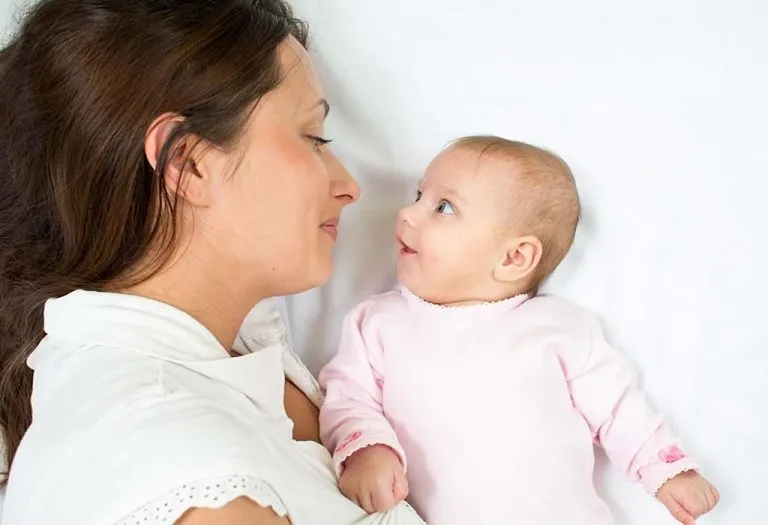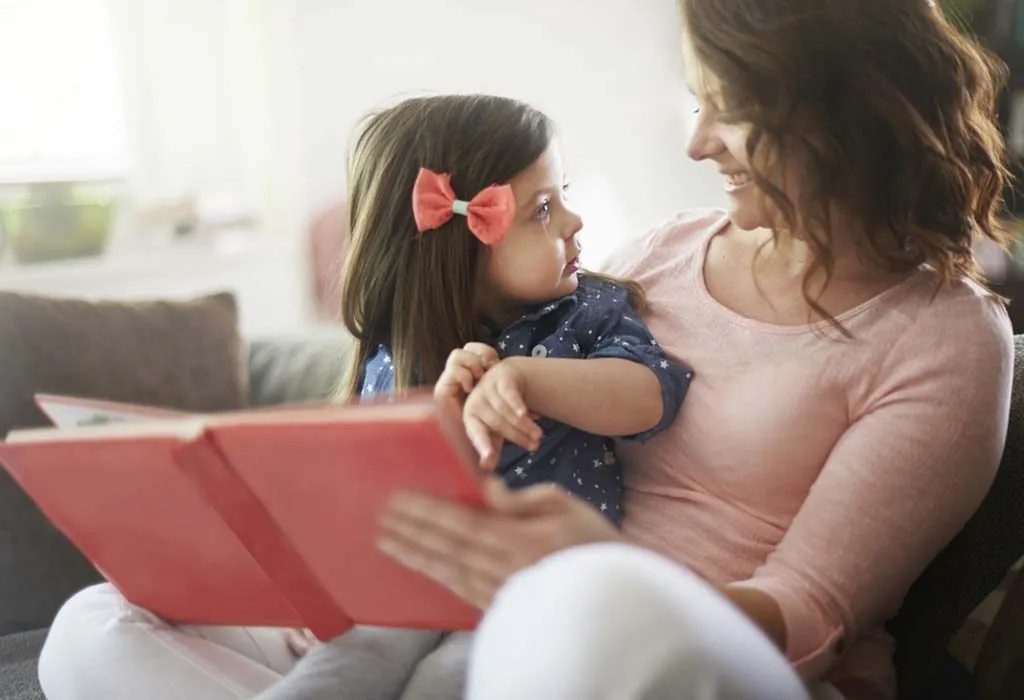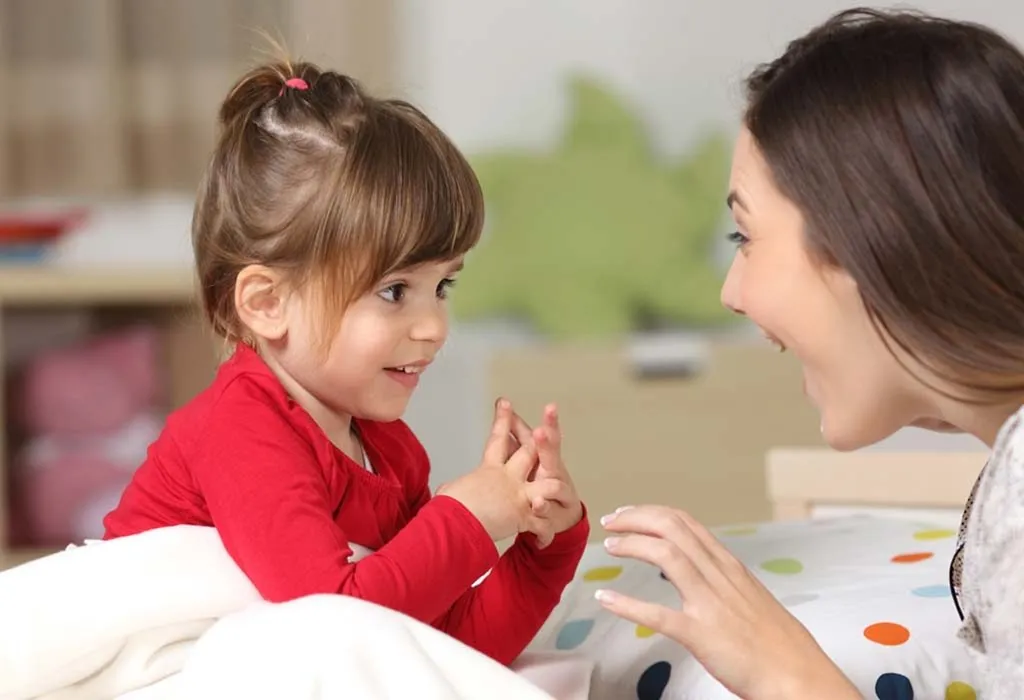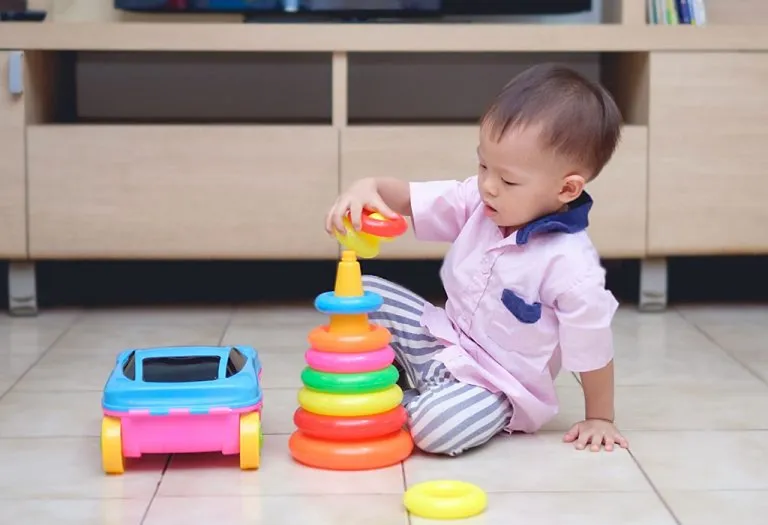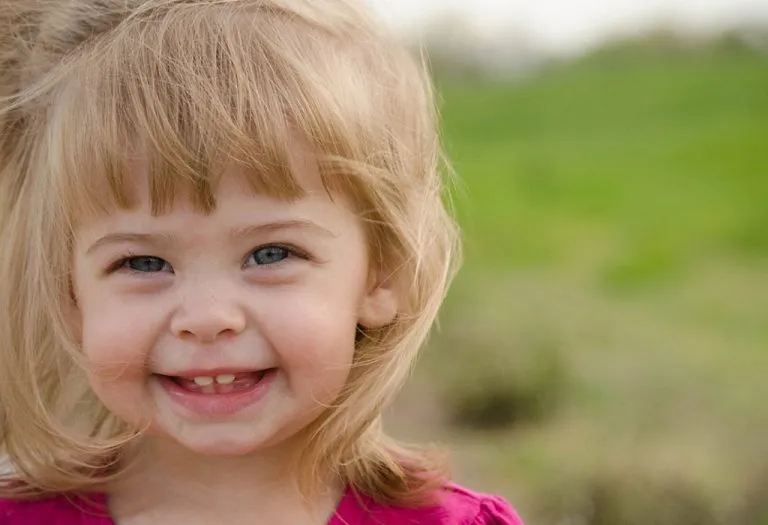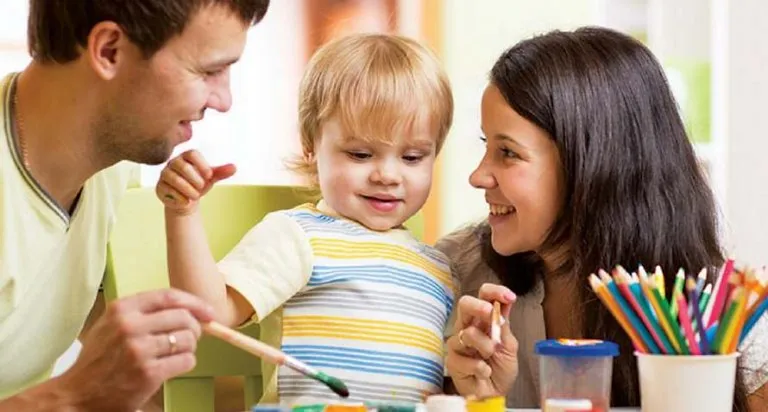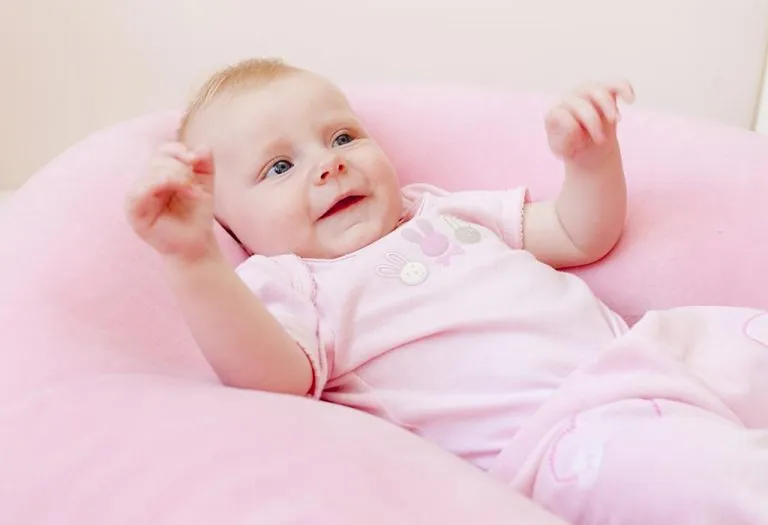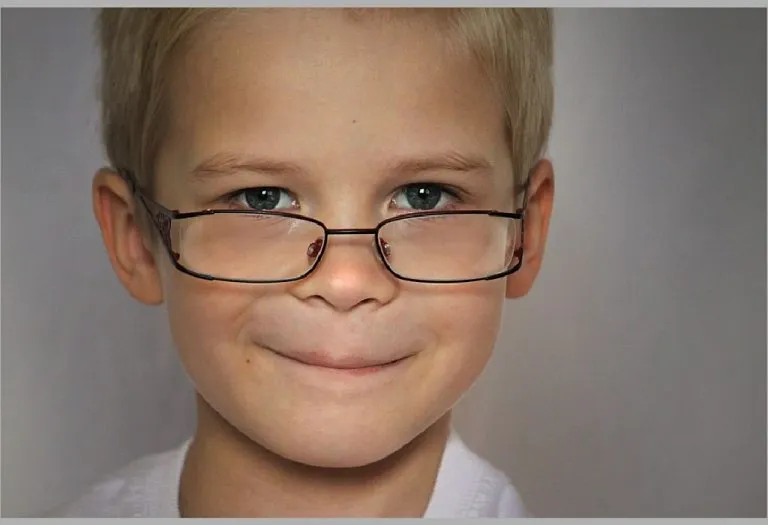Role of Social Referencing in Child’s Overall Development
You may have noticed that every time your toddler comes across something new, be it an object or a person or a situation, he will look at you for your reaction or approval before he interacts with it. That is called social referencing, a tool that helps babies explore the world around them in a safe manner by relying on the caregiver’s cues. Social referencing in a child’s development holds a significant space as it gives the nod to the children to interact with their surroundings and regulate their emotions and behaviour accordingly. By better understanding how social referencing psychology works in babies, you can learn to use it to make them develop better.
What Is Social Referencing?
Going by the social referencing definition according to the American Psychological Association (APA), it is the process through which infants read their parents’ or caregivers’ responses to regulate their own responses towards persons, objects, and situations (1) (2). It is an important mechanism that allows infants to understand and explore the world around them (3).
The social expressions of parents towards their infants or toddlers influence their upbringing. For instance, if a child is playing in an amusement park, falls or gets hurt, he may look up at his parent’s expression to determine how intensely they should react. It’s also known that despite the event that upsets/hurts the child, the child will regulate their reaction by looking at the expression of the parent. Social referencing can take on many different forms starting from subtle cues in the form of facial expressions and gestures to major emotional outbursts or events. It can also occur anywhere such as home, school, playground, water parks, social gatherings and everywhere else.
Children at a very young age are quite vulnerable and impressionable without a baseline for how much they need to feel or express and this is where social referencing comes into play. As they learn from their parents, they would develop responses to situations based on how their social referencing has been. An overly reactive parent who exaggerates things will influence the child to become hyper-conscious about everything as they grow older and well into their adulthood while a parent who does the opposite will raise a child who is more relaxed and not overly sensitive.
According to a study, infants often look at their parent’s or caregiver’s faces when they expressed something positive, whereas, old infants looked at their parents when they expressed fearful or negative reactions (4).
Social Referencing in Different Stages of Child Development
Infants as young as six months use social referencing to understand their parents and surroundings and their development continues throughout childhood and even into adolescence. Here is how social and emotional development occurs as children grow.
During Infancy
- From birth to 6 months of age, your baby can look at his hands and legs, suck his fingers and respond to your smiles and touch. He can also smile at the different sounds you make and try to find out where he is being touched.
- From 6 months to one year of age, he would have learnt to express pleasure, unhappiness and even anger while also being able to distinguish between strangers and family members. He also responds to your gestures to please you and feels sadness when taken away from you.
After Infancy
- Between the ages of 1 and 2 years, he takes your cues before approaching a new object or going to a stranger. Express happiness when you praise him for something good that he does and imitate your speech and actions.
- Between the ages of 2 and 4 years old, your child will display different moods and interests and express some autonomy while still using social referencing for everything.
- From 4 to 8 years of age, your child will learn to interact and play with other children and stay friendly. He will also learn to follow the rules and play as part of a team and express specific interest in activities or subjects.
Importance of Social Referencing in Your Child’s Development
One of the best examples of social referencing is when your child looks at something shiny on the ground and turns around for your reaction on whether it is okay for him to touch it or pick it up. Your frown or smile can reinforce his reaction to the new object and proceed to touch or avoid it. Similarly here is how social referencing plays a role in your child’s development:
- Social referencing is a critical component of your child’s emotional development. Your child will start learning the meanings of different emotive expressions, the words and sounds that follow, and how to associate with things.
- Social referencing is an important part of the decision making and will build your child’s confidence in your inputs. This mechanism develops into a process that forms the basis of their decision-making skills in life.
- Social referencing in toddlers also lays down the foundation for complex thought and understanding the connotations of different emotive expressions. Although it is not obvious at that age, the foundation laid down at home, and other social environments will have a profound influence on the development of the child.
How Can Parents Use Social Referencing As a Teaching Tool for the Betterment of Their Children?
Whether you are aware of it or not, social referencing is an ongoing developmental process in children. Your emotional states, gestures, actions and the situations that come up in the family are constantly working as social referencing. By being aware of it and controlling your actions, it is possible to use it for your child’s benefit. Here is how:
- Use plenty of facial expressions while interacting and playing with your child both when home and outside. Let your expressions be clear in the message that you are trying to convey, so he knows exactly how to map each expression to each emotion. This also applies to spontaneous events and things that catch you off guard and your untended, instinctive reaction.
- Your behaviour around others and social situations also have a significant influence on what your child learns from it. If your tone of voice and body language doesn’t sync, it could confuse the child. For example, if you speak to a neighbour or another person with a smile and immediately change your expression after they leave or show annoyance, your child will instantly pick on the ambiguity and get confused.
- Social referencing is very useful in building healthy eating habits in children. You can let your child know which foods are healthy and which should be consumed in moderation all through your expressions.
- Your reactions towards people, events and situations will imprint strongly on your child. Therefore practice being mindful and calm even under pressure and try not to lose it hysterically. On the other hand, it’s also important to teach him that feeling hurt and crying and expressing sadness is also an important thing.
When Is Social Referencing Useful and When Is It Not?
Social referencing can occur both through negative and positive gestures and expressions. What is interesting is that as babies get older, negative reactions seem to have a stronger effect than positive ones. That makes sense when it comes to negative vs positive social referencing because as children get older, they tend to indulge in riskier activities which would make you react quickly and more dramatically. Therefore positive social referencing takes a backseat as more and safer activities become autonomous. You can also see this in social referencing during mealtime when positive reactions to certain foods will spike their interest in them. However, as they get older, no matter how often you portray a dish as delicious, it takes a while to get them to try it. On the other hand, even a small negative remark about food will remain in their memory for a long time influencing their choices.
FAQs
1. How does social referencing influence language development?
If you have ever seen children mimicking the style of speaking like a grandmother or an uncle, that means they have picked the social language cues from them. Social referencing plays a significant role in language development in children, as it helps children copy adults’ gestures, tones, and sounds, along with cues and affirmations. This, in turn, helps children’s understanding of language and the development of communication skills.
2. Is social referencing permanent?
Well, yes. Social referencing can continue for a very long time for an individual (5). However, there can be seen a subtle shift in the way social referencing happens in teenagehood and adulthood as cultural and social contexts change. For instance, instead of relying on direct cues from others, mature children make use of the subtle and indirect cues from others.
3. What does social referencing in toddlerhood look like?
During toddlerhood, children look for their caregiver’s expression before approaching a stranger or a strange object, or anything new to them. Whenever they make new friends, they show it to their caregivers. Similarly, when they see something new, they make expressions and look for their caregiver’s expressions for a better understanding of their emotions and behaviour.
Social referencing is an integral part of a child’s development. With everything that you have learnt about it, you can choose to express yourself better to mould your child’s emotional development as they grow older.
References/Resources:
1. APA Dictionary of Psychology; American Psycological Association; https://dictionary.apa.org/social-referencing
2. Stenberg. G, Forslund. T; Social Referencing; Encyclopedia of Infant and Early Childhood Development (Second Edition); https://www.sciencedirect.com/science/article/abs/pii/B9780128093245236493; 2020
3. Hertenstein. M. J; Social Referencing; In: Goldstein, S., Naglieri, J.A. (eds) Encyclopedia of Child Behavior and Development. Springer Link; https://link.springer.com/referenceworkentry/10.1007/978-0-387-79061-9_2704
4. Walden TA, Ogan TA. The development of social referencing. Child Dev.; PubMed; https://pubmed.ncbi.nlm.nih.gov/3168639/; October 1988
5. Walle. E. A, et al.; Social Referencing: Defining and Delineating a Basic Process of Emotion; UC Merced; https://idlab.ucmerced.edu/sites/idlab.ucmerced.edu/files/page/documents/walle_reschke_knothe_-_revision_2.pdf
Also Read:
Role of Parents in Child Development
Types of Play for Child Development
Impact of Working Parents on Child Development
Factors That Affect Growth and Development in Children
Was This Article Helpful?
Parenting is a huge responsibility, for you as a caregiver, but also for us as a parenting content platform. We understand that and take our responsibility of creating credible content seriously. FirstCry Parenting articles are written and published only after extensive research using factually sound references to deliver quality content that is accurate, validated by experts, and completely reliable. To understand how we go about creating content that is credible, read our editorial policy here.





